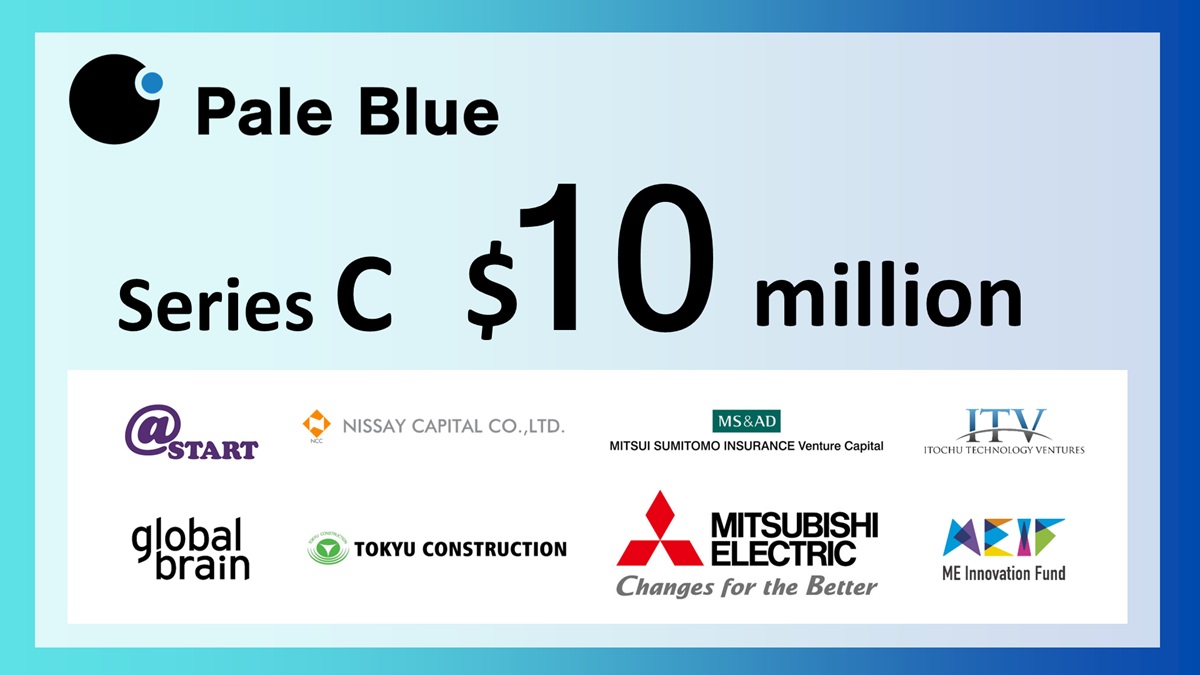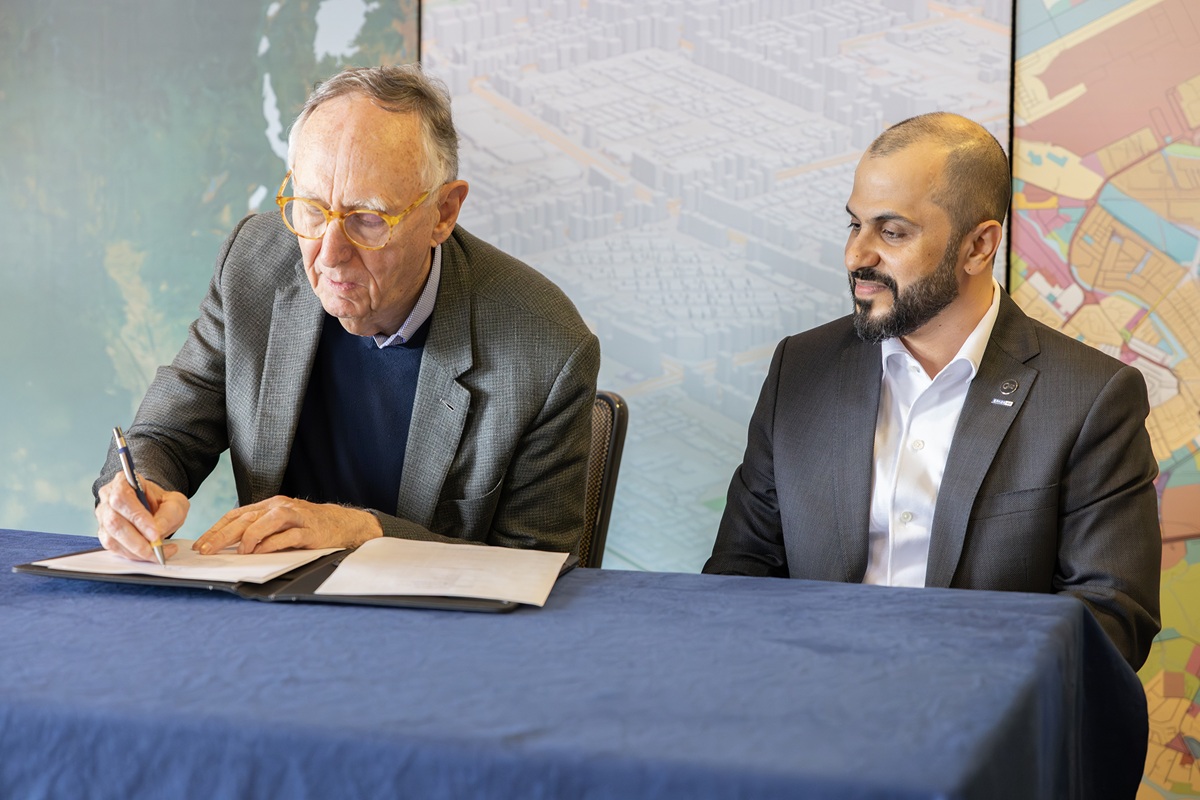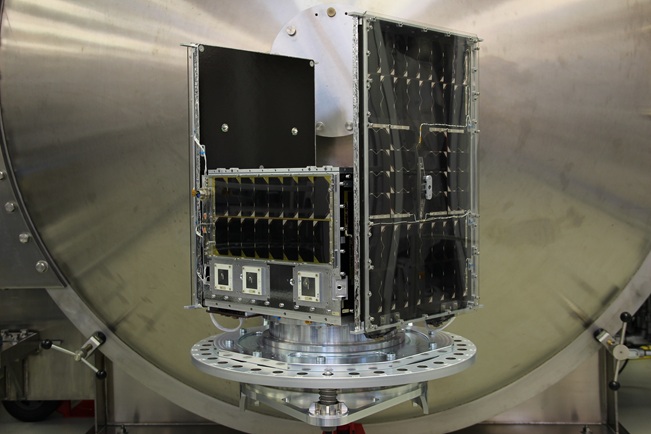The United States is embarking on an unprecedented mission to safeguard its homeland with a cutting-edge missile defense system known as the Golden Dome. Unveiled recently by President Donald Trump, this ambitious project aims to create a multilayered, integrated shield that will protect the nation from advanced missile threats, including ballistic, hypersonic, and cruise missiles, even those launched from space.
The Golden Dome stands as a layered defense shield, designed to detect, track, and intercept incoming missile threats at multiple stages of flight—before launch, during ascent, midcourse, and final descent. This revolutionary system represents a significant leap in homeland defense, promising to ensure the security and resilience of the United States with unwavering precision.
President Trump has described the Golden Dome as “very important for the success and even survival” of the nation. Once fully operational, it will have the capability to intercept missiles launched from any part of the globe, including those launched from space itself, offering a protective dome over the entire continental United States. The system’s scale and scope far exceed existing missile shields like Israel’s Iron Dome, covering a landmass approximately 450 times larger and countering next-generation threats.
Delivering the first Golden Dome defenses by the end of next year is a monumental challenge that requires mobilizing American industry and technological innovation at an unprecedented scale. The project is estimated to cost around $175 billion over three years, reflecting the complexity and scale of this defense initiative.
The mission demands not only deploying a combat-proven foundation but also rapidly developing game-changing technologies such as space-based interceptors and hypersonic missile defenses. This dual approach ensures that the Golden Dome remains ahead of evolving adversary threats.
Recognizing the urgency and complexity of the task, the approach to building the Golden Dome is likened to a Manhattan Project-scale mission. The fastest and most efficient path involves uniting the best of the defense and commercial industries in a whole-of-industry collaboration.
Lockheed Martin, a leader in missile defense technology, is spearheading this effort. The company leads the Missile Defense Agency’s National Team for the Command and Control, Battle Management, and Communications (C2BMC) system and has built the world’s most powerful missile defense software network, operating globally 24/7. Lockheed Martin’s proven ability to integrate across industry sectors positions it well to bring together emerging and established technology companies to deliver both proven and next-generation capabilities.
Other major defense contractors such as L3Harris Technologies and RTX Corporation are also expected to play significant roles. L3Harris, for example, is expanding its production of Hypersonic and Ballistic Tracking Space Sensor satellites, which are integral to detecting and tracking hypersonic weapons and could be adapted for Golden Dome.
To ensure the program’s success, President Trump has appointed General Michael Guetlein, Vice Chief of Space Operations for the U.S. Space Force, to oversee the Golden Dome initiative. Guetlein brings extensive experience from his leadership roles in Space Systems Command, the National Reconnaissance Office, and the Missile Defense Agency, making him uniquely qualified to manage this complex, multi-agency effort.
The stakes for the Golden Dome project could not be higher. As President Trump emphasized, “If a missile is coming over the horizon, that’s not the time to do beta testing.” Missile defense requires a system that operates with lightning speed and pinpoint precision at the moment of truth, connecting a global array of complex systems seamlessly.
The risk of relying on unproven technology is too great. The mission demands a combat-proven foundation coupled with continuous innovation to ensure reliability at scale. The Golden Dome must be ready to meet threats today while evolving to counter tomorrow’s challenges.
Lockheed Martin’s open architecture approach allows integration of the best innovations from commercial, defense, and emerging contractors as they become available. This flexibility will enable the system to expand its range, territorial coverage, and responsiveness, strengthening deterrence against adversaries.
The Golden Dome will leverage existing defense infrastructure while incorporating next-generation technologies such as space-based sensors and interceptors, hypersonic defense systems, and advanced missile tracking networks. This layered approach ensures multiple opportunities to detect and neutralize threats before they can reach U.S. soil.
While the project enjoys strong presidential support, its funding remains a subject of political negotiation. Republican lawmakers have proposed an initial $25 billion investment for the Golden Dome as part of a broader $150 billion defense package. However, this funding is tied to a contentious reconciliation bill facing hurdles in Congress, putting the timeline and scope of the project at some risk.
President Trump has indicated that Canada has expressed interest in participating in the Golden Dome project, suggesting potential for international collaboration in missile defense. The system’s development also echoes former President Ronald Reagan’s “Star Wars” vision of space-based missile defense, but with modern technology and a more practical, integrated approach.
The Golden Dome represents a transformative leap in America’s defense capabilities—a multilayered, integrated missile shield designed to protect the homeland from the most advanced missile threats, including those launched from space. With a $175 billion budget and a target operational date within three years, this Manhattan Project-scale mission demands the best of American industry, innovation, and leadership.
Under the strategic guidance of General Michael Guetlein and with bipartisan support, the Golden Dome aims to become the ultimate shield safeguarding the United States, ensuring national security and resilience for decades to come.





